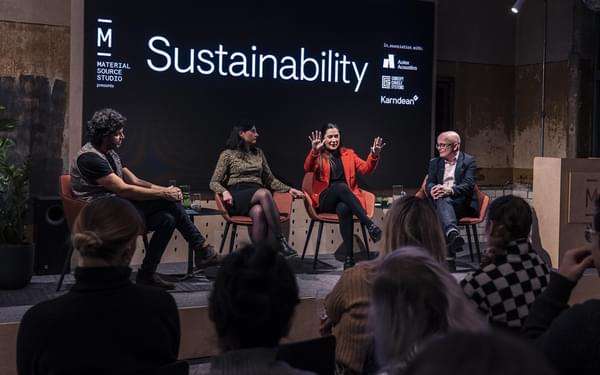Back to News
Sadaf Askari comments in Institutional Real Estate Europe: How can investors navigate regulatory constraints and drive sustainability?
Sadaf Askari \ 4th Oct 2024
The built environment contributes nearly 40% of global carbon emissions, a statistic that has pushed the sector towards exploring more sustainable investments. Incorporating ESG principles into investment strategies is key to buildings becoming part of the solution, rather than the problem, suggests Sadaf Askari, associate director in our smart energy and sustainability team, in this month's issue of Institutional Real Estate Europe.
In the article, she acknowledges that, for real estate investments, pursuing sustainable options can’t stray too far from the ultimate goal of delivering competitive returns for investors. She says:
“Traditionally, there has been a perception that sustainability initiatives come at the expense of financial performance. This dichotomy, however, is increasingly being challenged as investors recognise that sustainable practices enhance asset resilience, attract premium buyers and tenants, and mitigate operational risks over an asset's lifecycle.”
ESG frameworks are now proving useful for investors in terms of understanding and optimising the sustainability credentials of their portfolios. Regulatory frameworks, such as the Sustainable Finance Disclosure Regulation (SFDR), help to promote transparency and standardise sustainability disclosures across financial markets, but can be prone to misunderstanding across the industry.
Sadaf explains:
“These regulations emphasise environmental metrics such as energy efficiency, carbon emissions, water usage and waste management practices. These measures are generally viewed positively, as they promote transparency and establish clear guidelines for sustainable investment, empowering stakeholders to identify and develop opportunities within ESG investing.”
However, she argues that the current frameworks do not provide enough support for retrofitting existing inefficient assets, and could unintentionally favour demolishing these buildings to build new ones – which could increase overall emissions.
Sadaf also acknowledges other stumbling blocks: regulations can be complex and technical, data around sustainability metrics can be limited, and investors may face pressure to prioritise short-term financial returns over long-term sustainability goals.
However, as Sadaf explains, taking a holistic approach can help companies navigate these potential issues, and gain better understanding of the underlying thought process behind the regulations.
She concludes:
“Improved collaboration is much needed; instead of having excessive regulations we need to ensure everyone is part of the sustainability journey – from occupiers to investors. Clear, consistent guidelines and benchmarks should be complimented by practical tools that empower stakeholders to make inform decisions and adopt best practices in sustainability.”
Read Sadaf’s full op-ed in the September issue of Institutional Real Estate Europe.
A shortened version of the piece is also online here.












